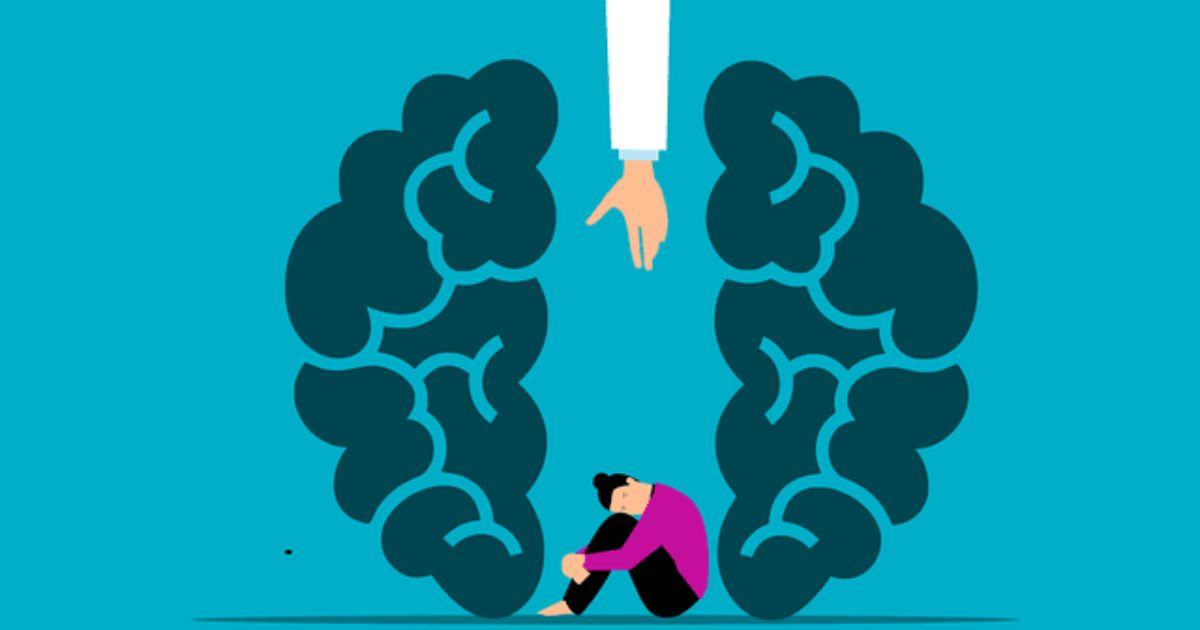Bipolar disorder, a chronic mental health condition characterized by fluctuating moods, presents significant challenges for those affected. However, recent advancements in treatment strategies offer hope for better management of symptoms and improved quality of life.
Possible Bipolar Disorder Treatments You Can Opt for
Here’s a comprehensive overview of the latest breakthroughs in bipolar disorder treatments.
Prescription Medication:
One of the cornerstone treatments for bipolar disorder is prescription medication. Lithium, considered the gold standard for bipolar disorder treatment, stands out as a mood stabilizer with a proven track record in reducing the severity of mood swings.
However, researchers are now advocating for complex combination pharmacotherapy, involving the use of multiple medications simultaneously, to enhance treatment efficacy and minimize side effects.
Other medication options for bipolar disorder include antipsychotics, benzodiazepines, and mood stabilizers such as valproate, carbamazepine, and lamotrigine.
While antidepressants may be prescribed in some cases, their effectiveness in bipolar disorder treatment remains controversial due to the risk of triggering manic episodes.
Psychotherapy:
In addition to medication, psychotherapy plays a crucial role in managing bipolar disorder symptoms.
Various forms of psychotherapy, including interpersonal and social rhythm therapy, cognitive behavioral therapy (CBT), and family-focused intervention, have shown promise in reducing relapses, improving medication adherence, and enhancing overall functioning.
Illness Education:
Psychoeducation, also known as illness education, empowers individuals with bipolar disorder by providing them with a deeper understanding of their condition and its management. Topics covered in psychoeducation sessions may include symptom recognition, medication adherence, and trigger identification, among others.
Electroconvulsive Therapy (ECT) and Light Therapy:
For severe cases of acute mania, mixed episodes, and bipolar depression, electroconvulsive therapy (ECT) has emerged as an effective treatment option.
Additionally, light therapy, commonly used for seasonal affective disorder (SAD), has shown promise in treating bipolar disorder, particularly in individuals prone to depressive episodes during the winter months.
Repetitive Transcranial Magnetic Stimulation (rTMS):
Repetitive transcranial magnetic stimulation (rTMS) offers a non-invasive alternative for managing bipolar depression.
By stimulating specific areas of the brain with magnetic waves, rTMS can alleviate depressive symptoms with a lower risk of side effects compared to ECT.
Complementary Treatments:
Many individuals with bipolar disorder supplement medical treatment with complementary approaches such as regular exercise, sleep hygiene practices, balanced nutrition, enjoyable activities, and n-acetylcysteine supplements.
Avoiding alcohol and other substances is also recommended, as they can exacerbate bipolar disorder symptoms.
Support During Treatment:
Living with bipolar disorder, especially during manic or depressive episodes, can be challenging.
Seeking support from healthcare professionals, support groups, and advocacy organizations is essential for ensuring safety, recovery, and ongoing management of the condition. Residential or inpatient facilities may be recommended for individuals experiencing severe symptoms requiring intensive support.
Where to Find Treatment:
Treatment for bipolar disorder is typically guided by psychiatrists, often in collaboration with counselors, therapists, and social workers.
National and local support groups and advocacy organizations can also provide valuable resources and connections to clinical trials for new bipolar treatments.
In conclusion, the landscape of bipolar disorder treatment is rapidly evolving, with a growing emphasis on personalized, multimodal approaches. By combining medication, psychotherapy, and complementary strategies, individuals with bipolar disorder can better manage their symptoms and lead fulfilling lives.








Leave a Reply
You must be logged in to post a comment.